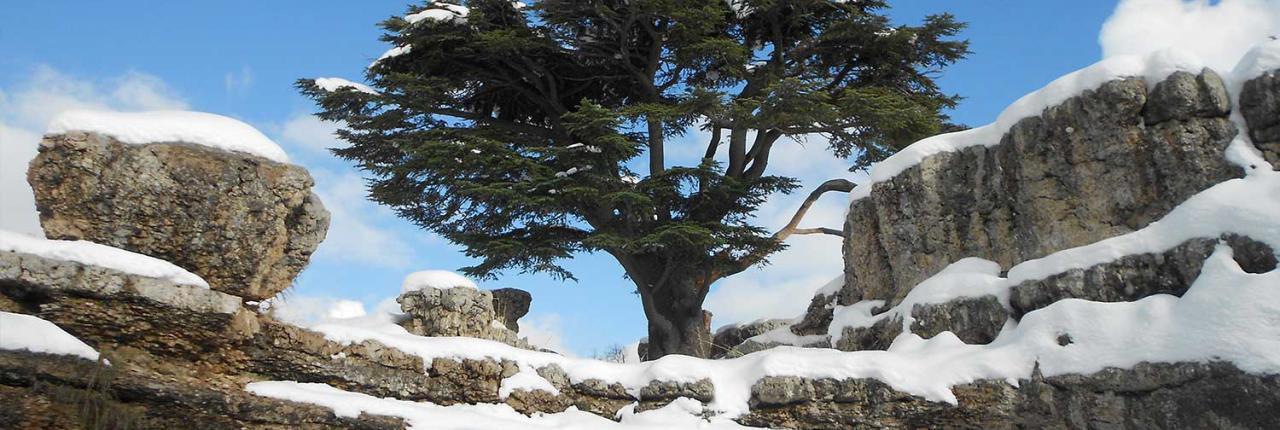
The Environmental Program’s Oak Conservation project ran from 2011 to 2013, and was funded by African-Asian Rural Development Organization (AARDO), in collaboration with the Ministry of Agriculture. The project included the study of the different bioclimatic zones of Lebanon crucial in order to propose different management and conservation plans for each oak. It also included developing a management plan for the live oak. This allowed the decision makers define the characteristics of the live oak in biomass and carbon production with respect to age and ecosystem characteristics. The results helped in defining the ecological conditions for optimal live oak growth, through gathering the necessary scientific information to predict the ideal silvicultural practices for this species.
The project aimed at developing a quantitative and qualitative inventory on Quercus calliprinos forests in Lebanon as a tool for the development of Live Oak growth characteristics in different bioclimatic conditions. For this purpose, the project adopted international standards for oak assessment. The proposed methodology requires a thorough understanding of the bioclimatic conditions of Live Oak forests . Determination of the measurements methodologies and the selection of 50 representative-plots were conducted though literature review . The project activities were as follows:
Identification of live oak stands
Identification of the data collection and wood analysis characteristics
Measurement of 50 plots: 3750 to 5000 stumps measured
Collection of measurements on 150 Quercus trees felled
Wood & biomass laboratory analysis: 150 Samples.
Calorific value determination
Data processing and synthesis
Development of a leaflet for dissemination of information
Technical Training of the forest guards on issues related to wood
Quantification and qualification determination
Dissemination of information to municipalities of 18 districts (cazas)
